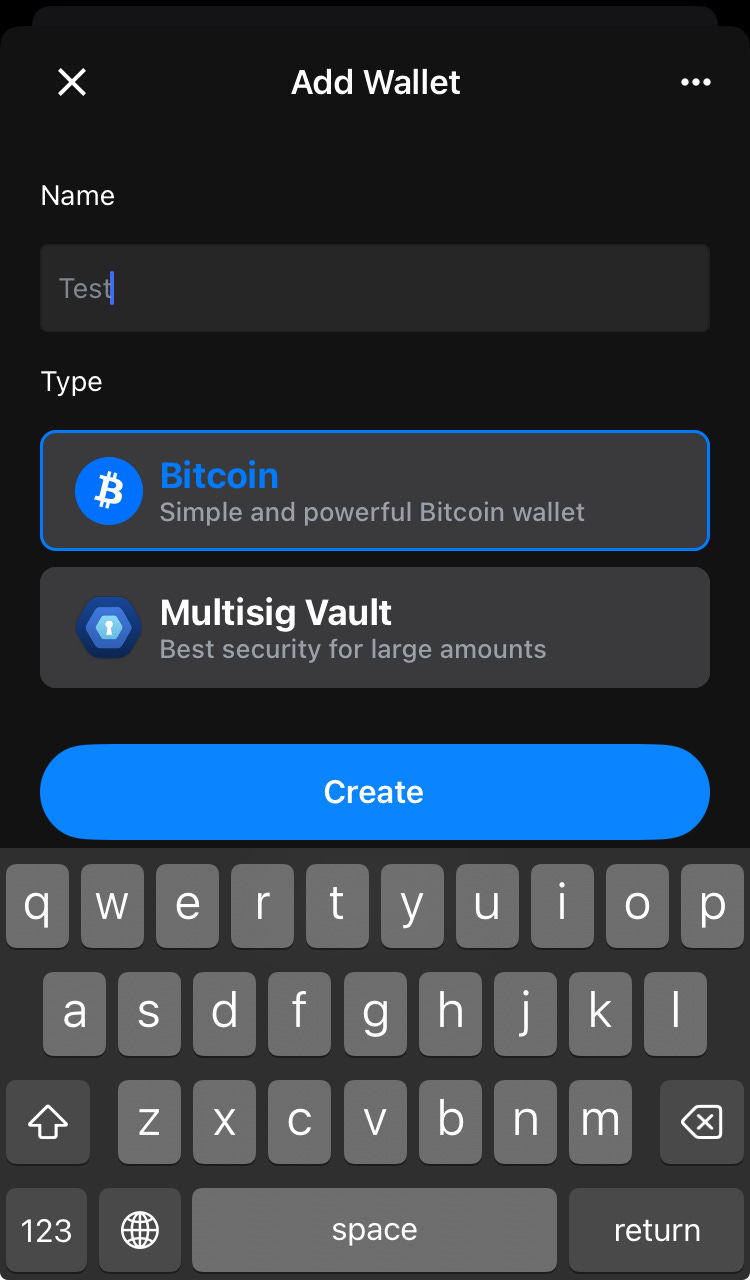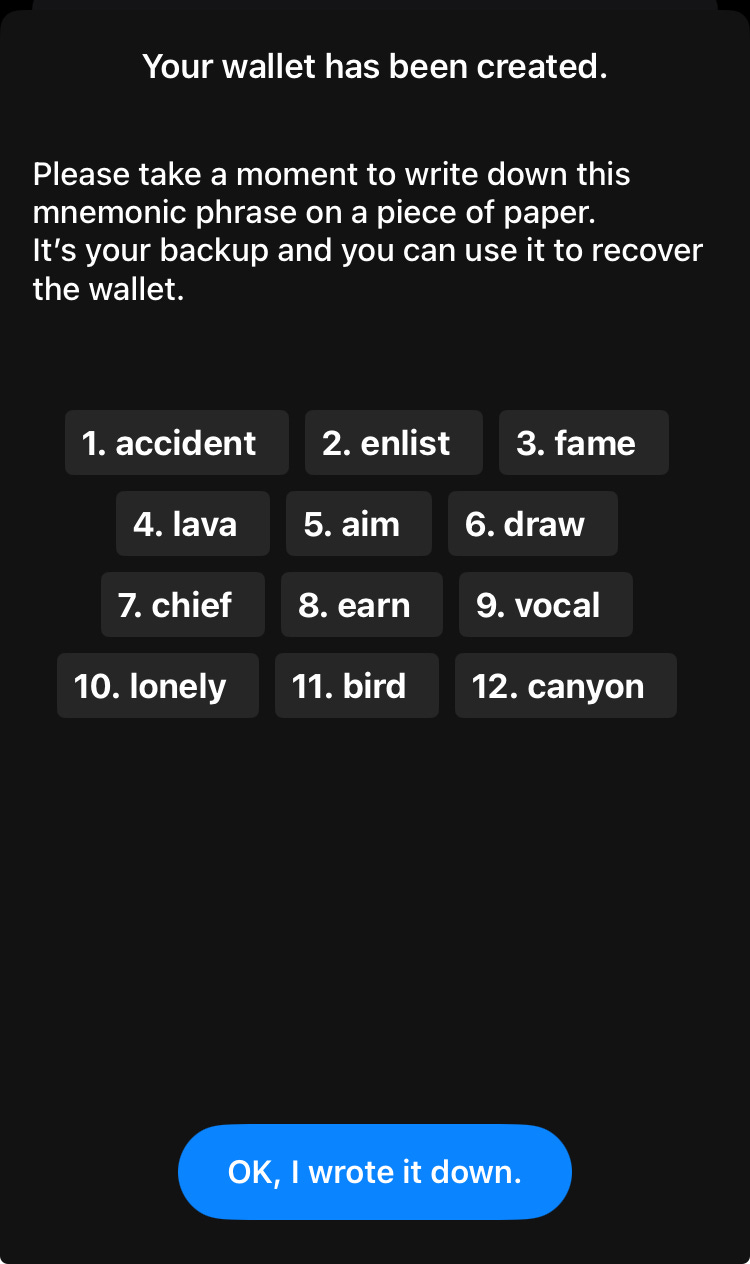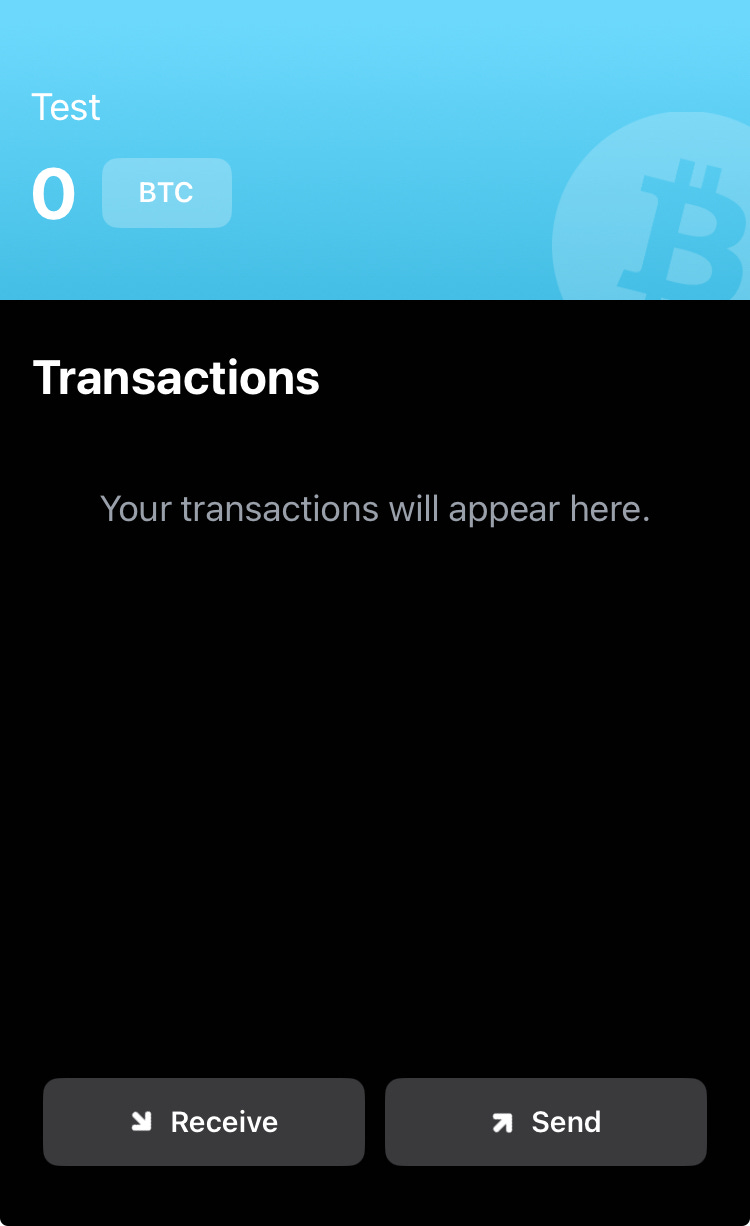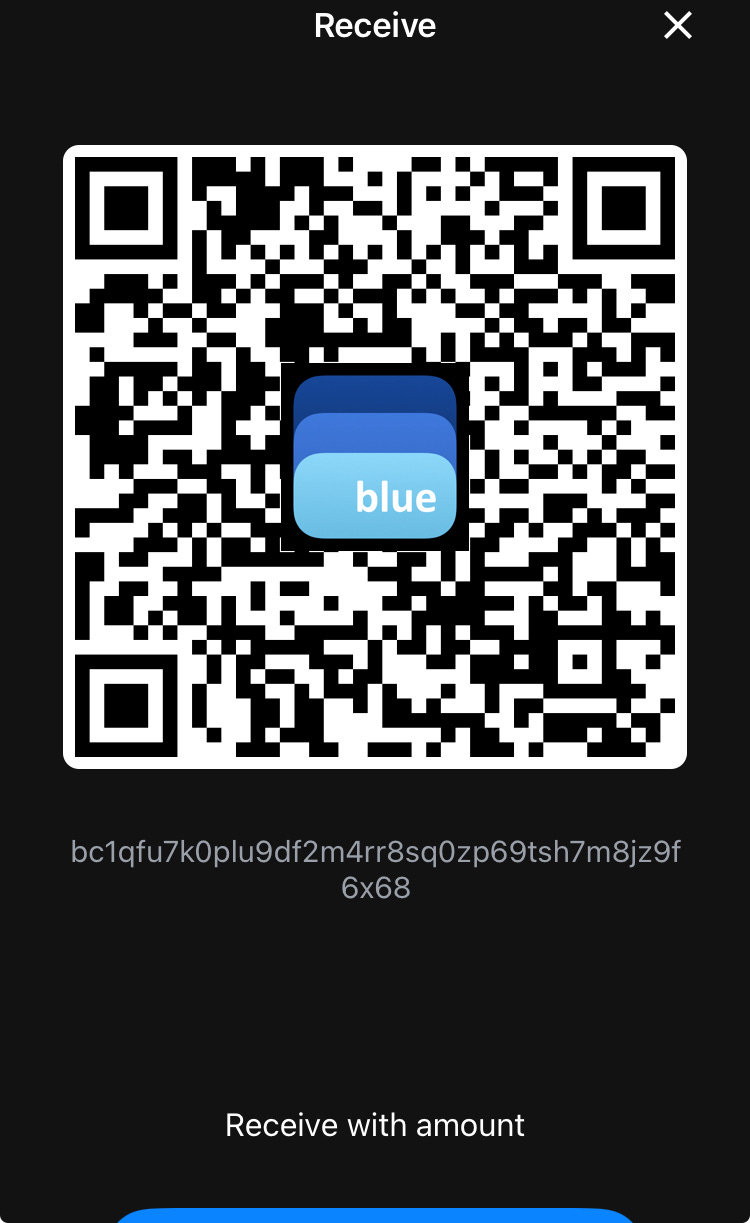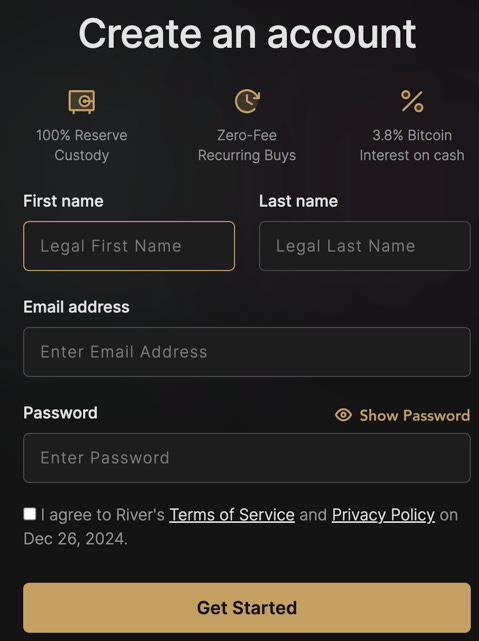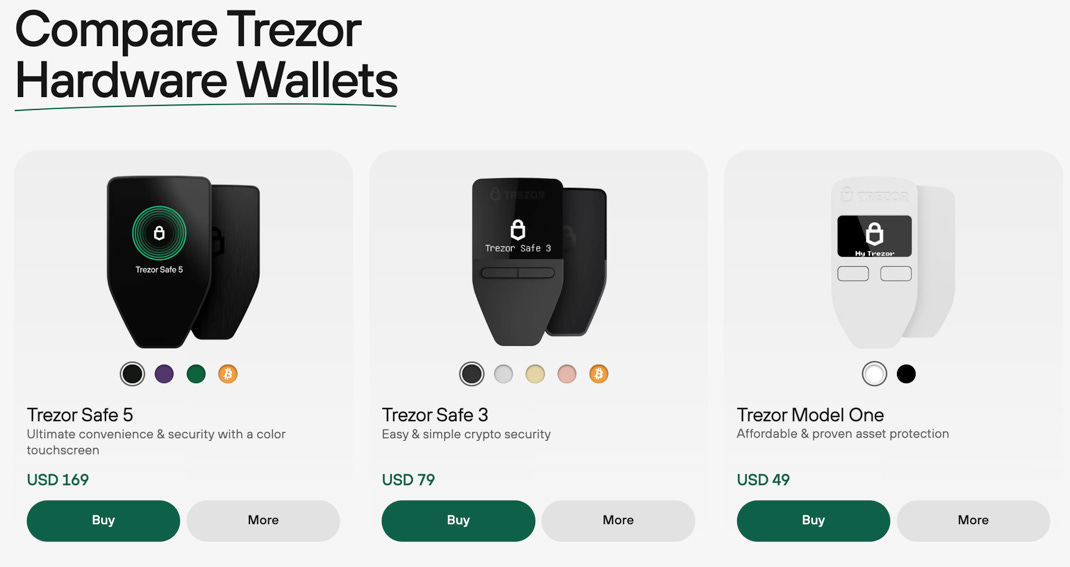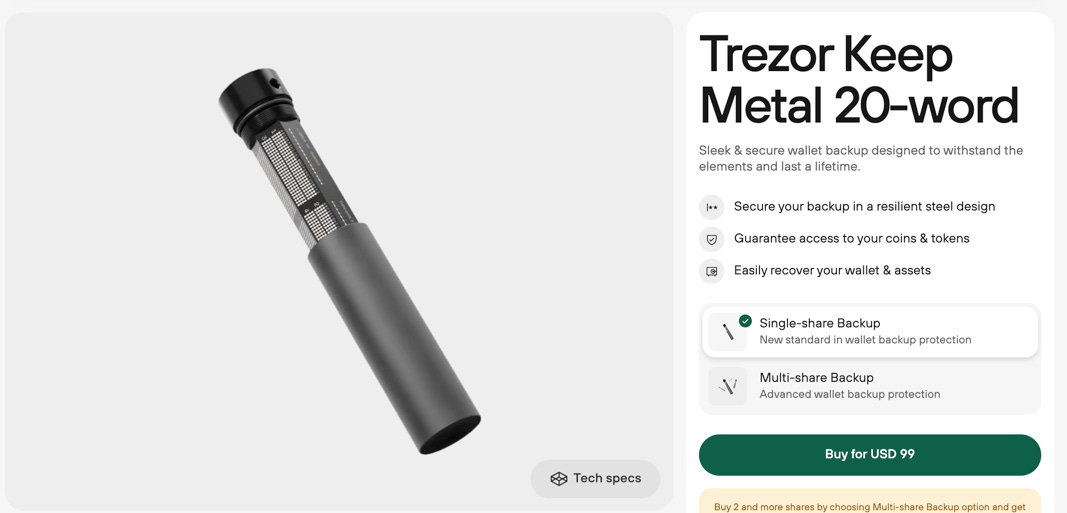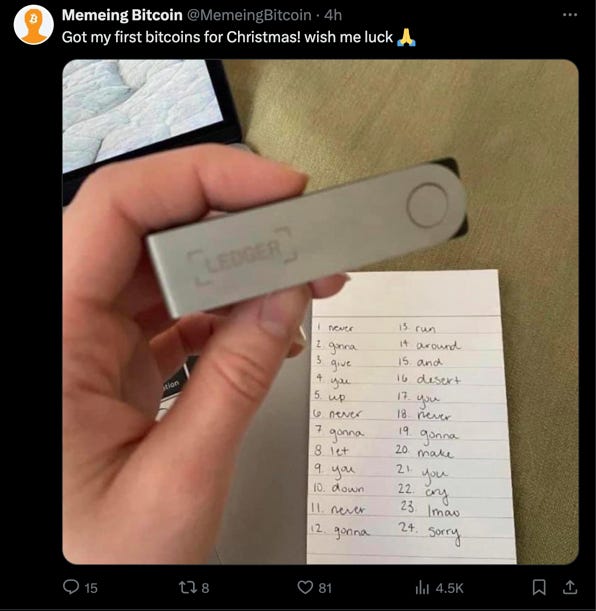We have been asked several times for a simple step-by-step guide to acquiring bitcoin and putting it into self custody, so here goes:
The Bitcoin Network
The Bitcoin network is a public digital ledger that anyone can view. The simplest way to view it is at Mempool.Space.
The transactions on the ledger are NOT anonymous, they are pseudonymous. This means that anyone can see bitcoin being moved in and out of a particular address (Public Key), but as long as that address is not associated with an individual and/or their IP address, it remains pseudonymous.
Public and Private Keys
🏠 Think of your Public Key as your home address, which you would share in order to receive deliveries and visitors.
🔑 Think of your Private Key as the key to your house, which you keep safe and do not share with anyone.
In order to move bitcoin on the network from one public address to another, transactions need to be signed with the Private Key. This tells the network that the transaction is legitimate (the person moving the funds controls the private key).
Wallet
Bitcoin wallets are signing devices that store private keys. They do not store your bitcoin, because that lives on the Bitcoin network.
Private keys are made up of 256 bits, which can be difficult to remember and write down correctly, so they are usually backed up using a Seed Phrase.
Seed Phrase
Seed phrases are mnemonic phrases (usually 12 or 24 words) that when placed in the correct order will regenerate your public and private key. These should be stored carefully in a safe place and not shared with anyone. Think of them as the passwords to your bank account, with the difference that there is no option to reset that password. If you lose it, its gone.
Downloading a Wallet
Hot Wallet
A hot wallet is a piece of software that is connected to the internet. This could be a phone app or a browser based wallet. Hot wallets are convenient, as you can easily move funds and spend bitcoin online and in stores by scanning a QR code. However you should never store more bitcoin in a hot wallet than you are willing to lose. Never keep a private key in a hot wallet, that controls more funds than you would be comfortable carrying in cash.
Cold Wallet
This is a wallet that is NOT connected to the internet. It is usually a device similar to a USB stick, but it could also be a piece of paper with your seed phrase written on it, or a metal plate with your seed phrase stamped on it.
Custodial vs Non-Custodial
Your wallet should be non-custodial, meaning that YOU, not the company providing the wallet, control the private key.
If your private key is being looked after by an exchange, or software provider, it is “custodial” and you do not hold bitcoin. Rather you hold an IOU from the custodian, who you hope will return your bitcoin if you ask them to.
Very often, this does not happen.
Lesson: Do not let anyone else custody your private key.
Getting Started
1) Download a Non-Custodial wallet (we like Blue Wallet)
Click the “+” sign to add a new wallet and give it a name.
You will now be presented with a screen showing your “Seed Phrase”. DO NOT show this to anyone, carefully record it and store it. In the event that your phone packs up and you need to download your wallet to a new device. This is the ONLY back up that will allow you to do so, so please make sure you complete this step.
Once you have done this click “OK, I wrote it down”.
You are now ready to send and receive Bitcoin (BTC) from your wallet.
Click “Receive” and you will be presented with a Public Key (a string of characters starting with “b”) and a QR code. Sharing either of these will allow you to receive BTC from anyone, anywhere in the world.
REMINDER - if anyone knows who is associated with that bitcoin public key (address), they will know how much BTC you control, because that information is freely visible on the bitcoin ledger. This will mean that your holdings (BTC bank account) will be known and associated with you personally.
2) Buying Bitcoin
🇨🇦 Bull Bitcoin is a non-custodial exchange in Canada.
Visit https://www.bullbitcoin.com/ and create an account
Transfer funds to Bull Bitcoin from your Canadian bank account
Create an instruction to purchase bitcoin and tell Bull Bitcoin which public address to send the funds to. They will transfer those BTC funds to the public address you provide them with (make sure you give them the correct address as transfers are irreversible!)
For further information visit their website: https://www.bullbitcoin.com/
🇺🇸 River.com is registered as a money transmitter in several US states.
To open an account visit https://river.com/
Create an account
Fund your account from your bank
Buy bitcoin
NOTE: River is custodial for a holding period of 7 days, after which you are free to move your funds off the platform. Read more about that HERE.
3) Putting your Bitcoin into Cold Storage
Once you are comfortable with the above, you ideally want your bitcoin Private Key into cold-storage. No, that does not mean your refrigerator 🥶. It means that the method of storage should NOT be connected to the internet.
Device
Trezor is one of the simplest bitcoin cold wallets on the market. It’s very easy to setup and acts like a USB stick that stores your private key.
We also recommend keeping a back up of your seed phrase using another method such as a seed plate.
What you should NOT do
Use a Ledger device (they come with a range of security issues and have suffered multiple security breaches)
Disclose your Seed Phrase to anyone, or make an electronic copy via a phone screen shot etc.
Especially, don’t do this:
What Next
The above should set you up well to acquire and store your bitcoin. If you would like to learn more, and explore options for passing your bitcoin down to your heirs, you can book a free session with me using the below link.







